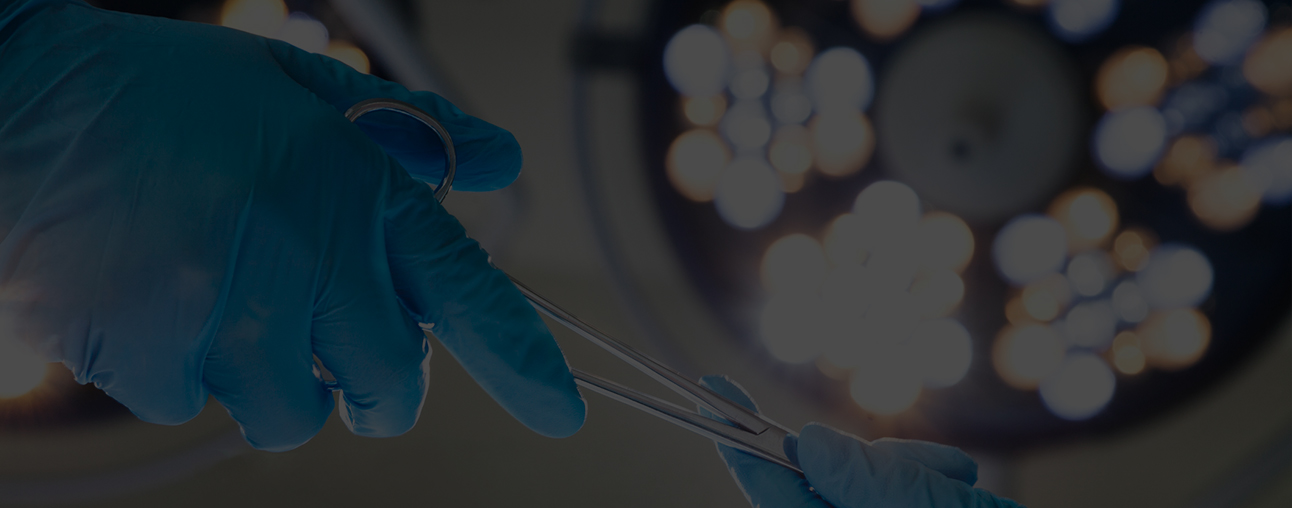

There are a number of risk factors for erectile dysfunction – which can include diabetes, obesity, smoking and high cholesterol. A number of studies have now shown that ED can be a warning sign for heart disease later in life.
There are also a number of other physical and psychological causes such as previous pelvic / prostate surgery, radiotherapy, Peyronie’s disease, hormone disorders, psychological factors or occasionally abnormalities of the veins in the penis.
Assessment includes a full history and examination, as well as blood tests to exclude diabetes, a high cholesterol or a low testosterone. It may also be necessary to check the Prostate Specific Antigen (PSA) if there are symptoms or signs of prostate disease.
Occasionally there is a requirement for imaging studies, particularly when the problem has been lifelong.
For more background on erectile dysfunction in a blog by Rowland written for Winchester GP, please click here
Sildenafil (Viagra), Vardenafil (Levitra), Tadalafil (Cialis) or Avanafil (Spedra).
Approximately 80% of men with ED will get a good response to these medications. It is also the most convenient form of treatment, and often the option that patients prefer to use if effective.
They generally have to be taken 10-30 minutes before intercourse, can be effective They are generally very safe to use, but some men can get side-effects such as facial flushing / headache etc. It is important when starting to give them several attempts, and they do not work without some sexual stimulation.
Where tablet therapy has failed, it may be necessary to progress to second-line options. One such option is the injection of a similar compound into the penis, thus allowing a higher dose. This involves a tiny needle (similar in size to an insulin injection), injected into the side of the penis, which then generates an erection within 10-15 minutes.
Following a test-dose and training by the doctor, this is a self-administered injection that is highly effective in patients who do not respond to tablet therapy.
The mainstay of surgical treatment for this condition is the penile implant, or prosthesis. Typically these are inserted for men in whom all other modalities of treatment have failed or are unsuitable.
Either an inflatable or semi-rigid device is inserted under general anaesthetic, and these devices lead to a reliable erection and high patient satisfaction rates. Infection rates are down to less than 2%. The operation involves an overnight stay and a catheter overnight.
Read more about penile prosthesis
Where other options are not suitable, it is possible to apply a gel onto the head of the penis, or insert a pellet into the urethra. These both contain Prostaglandin E1, which helps improve blood flow into the penis.
 |
07552 775247 |
 |
office@rowlandrees.com |
 |
Follow us on twitter |

Company Registration in England and Wales Company Registration: 07712943
Registered Address: Station House, North Street,
Havant, Hampshire, PO9 1QU
Members of:





